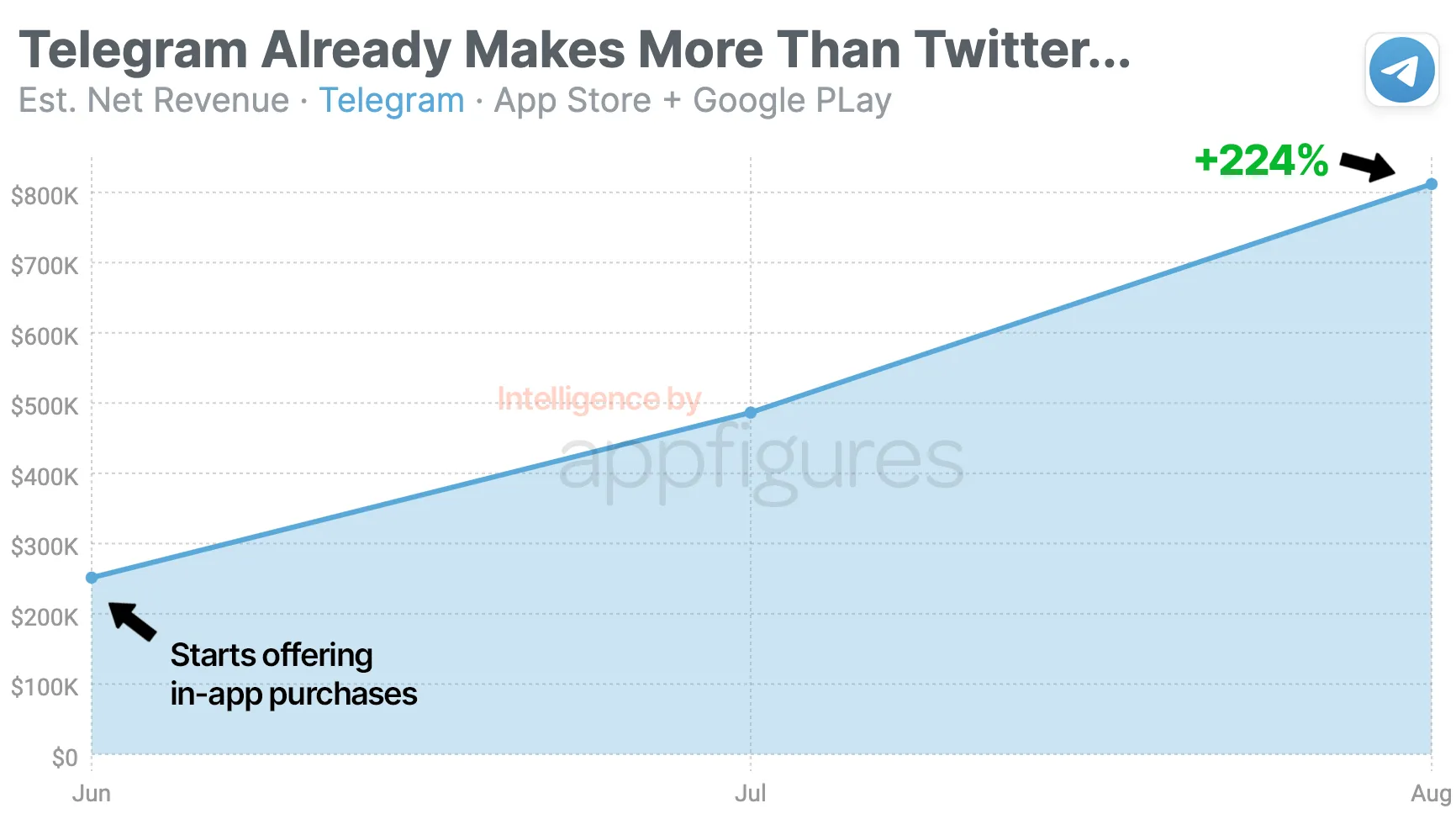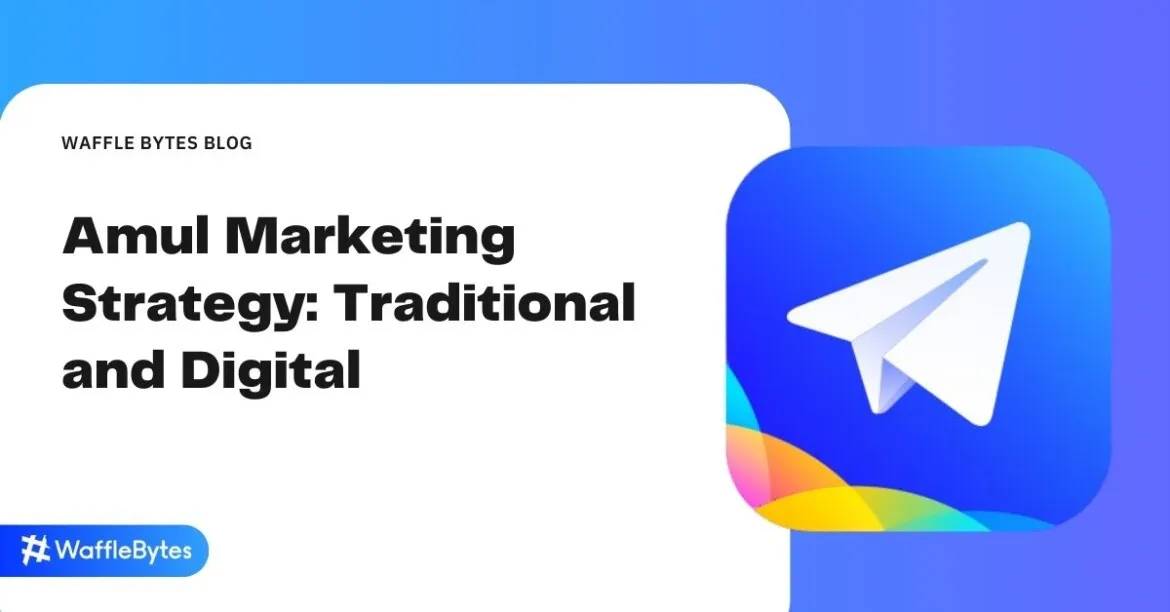Telegram has carved a unique niche in the messaging app landscape, prioritizing user privacy and security while offering a plethora of features. Unlike many of its competitors, Telegram has opted for a different approach to revenue generation. Instead of bombarding users with ads or selling their data,
Key Features of Telegram

Telegram stands out in the crowded messaging app market thanks to its rich array of features that cater to diverse user needs. Here are some of the standout characteristics that not only enhance user experience but also contribute to its revenue model:
- Cloud-Based Messaging: Telegram allows users to access their messages from multiple devices, ensuring that conversations are always available, regardless of where you are.
- End-to-End Encryption: For private chats, Telegram offers end-to-end encryption, ensuring that only the sender and recipient can read the messages, enhancing user trust.
- Large Group Chats and Channels: Users can create groups with up to 200,000 members and channels for broadcasting to unlimited audiences, making it ideal for community engagement and broadcasting information.
- Customizable Bots: Telegram supports bots that can automate tasks, provide information, and even serve as customer service interfaces, adding significant utility for users and businesses alike.
- Stickers and GIFs: The app allows for personalized stickers and GIFs, making conversations more vibrant and fun, which keeps users engaged.
- Secret Chats: These chats self-destruct after a set time, providing an added layer of privacy for sensitive conversations.
- Telegram Premium: This subscription service offers enhanced features, such as increased limits on file uploads and faster download speeds, providing a revenue stream while maintaining a free tier for all users.
These features not only enhance the user experience but also foster a loyal user base, which is essential for Telegram’s long-term sustainability and revenue generation strategy.
Also Read This: Where to Watch the Royal Rumble Streaming and TV Guide
3. Revenue Streams of Telegram

Telegram, known for its user-friendly interface and robust privacy features, has developed several revenue streams to sustain its operations. Understanding these streams provides insight into how the platform remains free for users while generating the necessary funds to maintain and enhance its services. Here’s a breakdown of the primary revenue streams:
- Premium Subscription: Telegram introduced a premium subscription model, allowing users to access exclusive features. This includes increased limits on file uploads, enhanced cloud storage, and additional customization options. By offering these perks, Telegram attracts users who are willing to pay for a more tailored experience.
- Telegram Bots: Developers can create bots that provide various services, from customer support to interactive games. While many bots are free, some developers monetize their bots through subscriptions or ads, indirectly benefiting Telegram.
- Partnerships and Sponsorships: Telegram has been known to collaborate with brands for special projects or events. Such partnerships can provide a financial boost while enhancing user engagement.
- Donations and Crowdfunding: Telegram has experimented with crowdfunding models, allowing users to donate to keep the platform running. This approach not only generates revenue but also fosters a sense of community ownership among users.
By diversifying its revenue streams, Telegram ensures its sustainability while continuing to prioritize user privacy and experience. This strategic approach sets it apart from many other social media platforms that heavily rely on advertising.
Also Read This: Understanding Why You Can't See Who Disliked Your YouTube Videos
4. Advertising on Telegram

Unlike many social media platforms that thrive on advertising revenue, Telegram has approached ads with caution. The platform recognizes that intrusive ads can detract from user experience, which is why their advertising strategy is unique. Here’s how advertising works on Telegram:
- Sponsored Messages: Telegram introduced sponsored messages in channels with over 1,000 subscribers. These messages are similar to ads but are designed to blend in with regular content. They appear as a native part of the chat experience, making them less disruptive.
- Targeted Advertising: Telegram uses data analytics to help advertisers reach their target audience effectively. Advertisers can choose specific channels based on user demographics and interests, ensuring that their messages reach the most relevant audience.
- Channel Monetization: Channel owners can monetize their content through ads. This not only provides a revenue stream for creators but also keeps the content diverse and engaging for users.
While Telegram is slowly introducing advertising features, it maintains a focus on user experience. The platform aims to keep ads relevant and unobtrusive, ensuring that users feel comfortable and valued. This careful balance is crucial for Telegram as it navigates the complex landscape of digital advertising.
Also Read This: How to Browse LinkedIn Anonymously with Private Mode
7. Comparison with Other Messaging Apps
When we talk about messaging apps, it's hard to ignore the big players like WhatsApp, Facebook Messenger, and WeChat. Each of these platforms has its own unique approach to generating revenue, and Telegram is no different. So, how does Telegram stack up against these competitors?
1. Business Model:
- Telegram: Initially funded by its founders, Telegram is now exploring monetization through premium features and sponsored messages.
- WhatsApp: Owned by Facebook, it generates revenue primarily through business accounts and WhatsApp Business API.
- WeChat: A multi-functional app that earns through services like mini-programs, games, and in-app payments.
2. User Privacy:
- Telegram: Emphasizes user privacy and security, offering end-to-end encryption for secret chats.
- WhatsApp: Also provides end-to-end encryption but has faced scrutiny over data sharing with parent company Facebook.
- WeChat: Known for its lack of privacy, as it’s heavily monitored by the Chinese government.
3. Audience Reach:
- Telegram: Has seen exponential growth, especially among tech-savvy users and those valuing privacy.
- WhatsApp: Boasts over 2 billion users globally, making it the most popular messaging app.
- WeChat: Dominates in China with over 1 billion users, integrating messaging with other services.
In summary, while Telegram’s focus on privacy and potential for monetization through premium features sets it apart, it still faces stiff competition from established giants in the messaging space.
8. Future Prospects for Telegram's Revenue
Looking ahead, Telegram's revenue prospects are intriguing. As the app continues to grow in popularity, especially among younger users who prioritize privacy and security, there are several avenues it might explore to enhance its revenue stream.
1. Premium Features: Telegram has already hinted at a paid subscription model for users who want additional features. This could include enhanced storage, advanced analytics for channels, or exclusive stickers.
2. Sponsored Messages: The introduction of sponsored messages in channels is a promising revenue stream. Brands can pay to reach a wider audience, and this method can be less intrusive compared to traditional ads.
3. Expanding Business Services: Similar to WhatsApp, Telegram can further develop its business tools. Offering advanced APIs and services for companies could attract a significant number of business users willing to pay for enhanced functionalities.
4. Cryptocurrency Ventures: With Telegram’s previous foray into cryptocurrency with the Telegram Open Network (TON), there may be future opportunities in blockchain technology, which could offer new revenue avenues.
Ultimately, Telegram's commitment to user privacy and innovative approaches to monetization will play a crucial role in shaping its financial future. By staying ahead of trends and understanding user needs, Telegram is well-positioned to thrive in the competitive messaging app landscape.